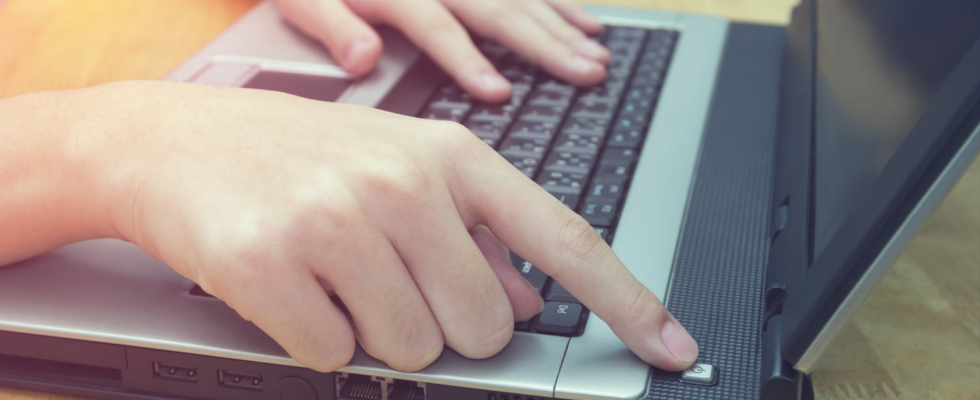Windows’ default sleep mode is neither the most efficient nor the safest. A slightly hidden option in the settings, however, allows you to activate standby that is both more economical and more secure.
We turn off our digital devices less and less. This is obviously true for smartphones, but also for computers, whether portable or stationary. It must be said that putting it to sleep rather than turning it off has at least two advantages: the computer restarts much more quickly and you can resume your activity exactly where you left off.
When you close the cover of your laptop or quickly press the button Power from your desktop PC, the computer goes to sleep rather than shutting down. A very convenient default behavior, but not the most efficient or secure. Because “classic” Windows standby keeps the complete state of the PC (notably all open applications with their data in use) in RAM (RAM), which presents risks and disadvantages.
Unlike long-term storage systems, such as hard drives, USB sticks or SSDs, RAM is volatile, meaning it loses all the data it contains as soon as it loses power in electricity. In fact, when Windows goes to sleep, the PC must continue to power the memory so that it retains its valuable content. This power supply consumes power, which slowly drains the battery in the case of a laptop. And when it is empty, or if there is a power outage in the case of a desktop PC, everything is lost!
Windows, however, has a more economical and reliable sleep mode: deep sleep. This creates a complete copy of the computer’s state on its long-term storage device (hard drive or SSD) and reloads it upon reboot. All current applications and tasks are therefore restored, exactly as with classic standby, but in addition this mode no longer consumes any energy and data is not lost in the event of a power outage.
Unfortunately, hibernate is hidden by default on Windows 10 and 11. To enable it, go to the Control Panelchoose the option View by Large Iconsthen click on the section Power Options and then on Choose what the power buttons do in the menu on the left. In the window, click on Change settings that are currently unavailablethen check the box Deep sleep and finally click on the button Save changes.
From now on, you will have access to a new option called Deep sleep when you click the button Power in the menu To start upor when you use the keyboard shortcut Alt+F4 on the desktop. Waking up from hibernation takes a little longer than normal sleep, but faster than fully booting the computer. And on PCs with SSD storage, the difference is completely negligible. The difference is felt more on PCs equipped with a mechanical hard disk (HDD) but these devices are increasingly rare.
However, despite the convenience of the different sleep modes, remember that it is a good idea to turn off and restart your computer regularly, for example once a week. This finalizes the installation of certain updates, resets background processes and services, and clears certain data caches, which is necessary to keep a computer in optimal operating condition.
